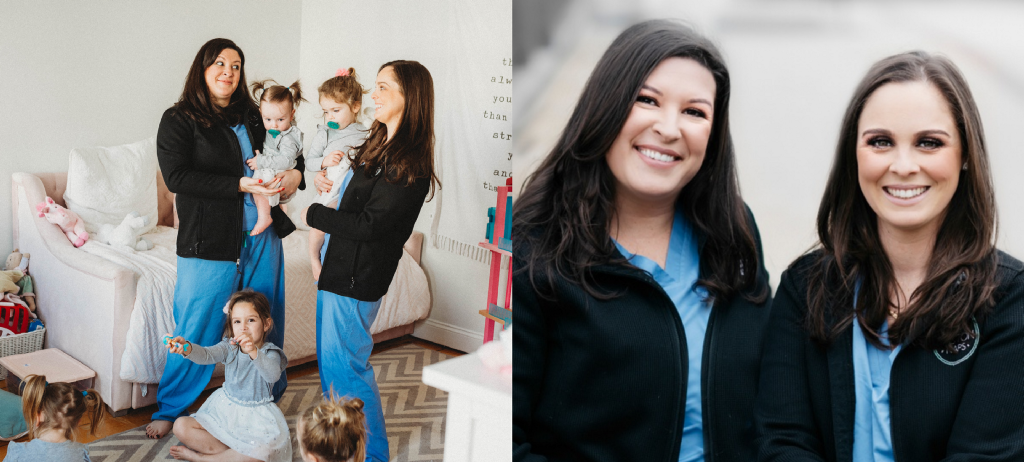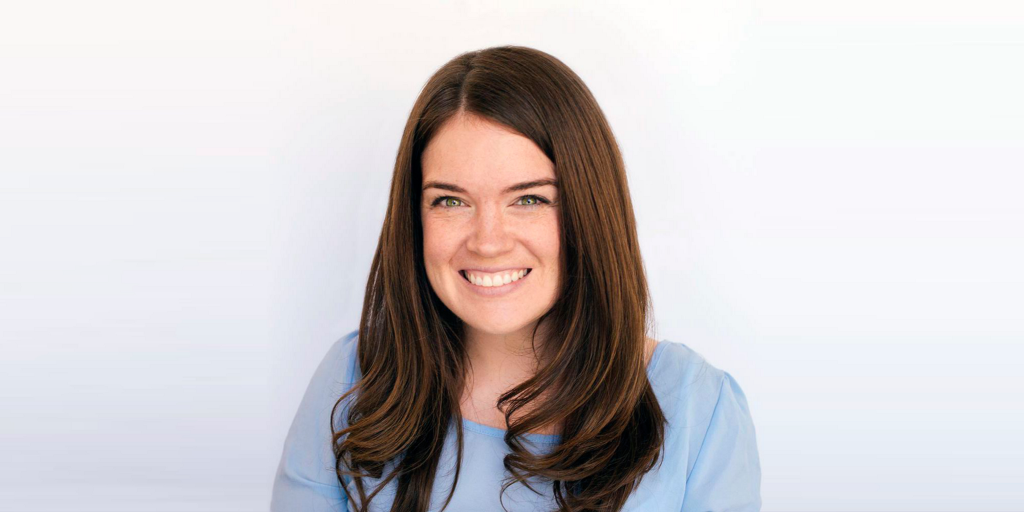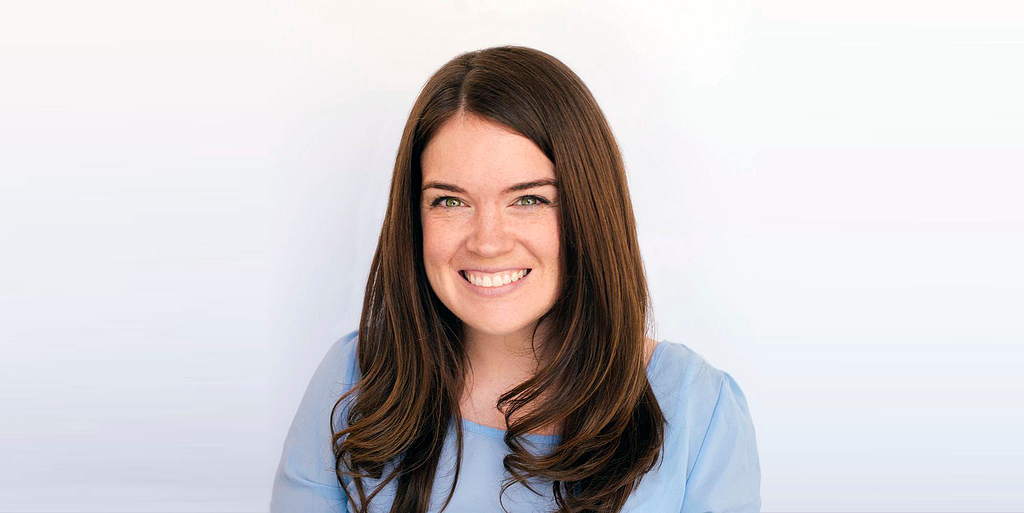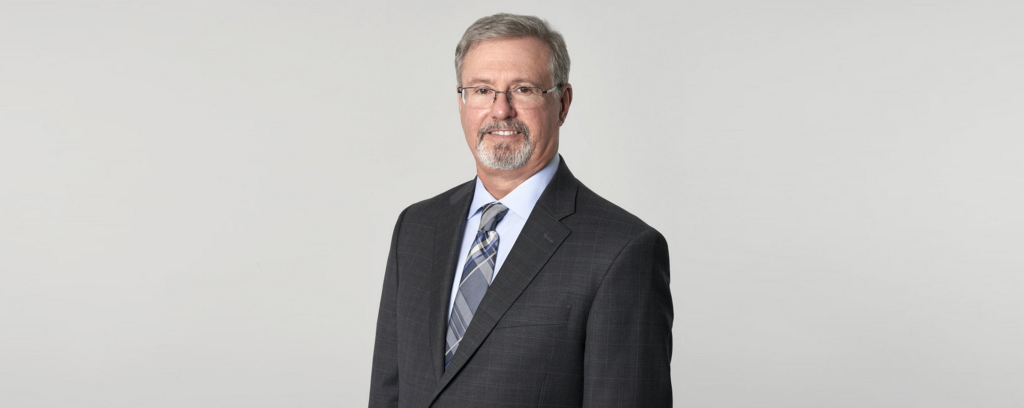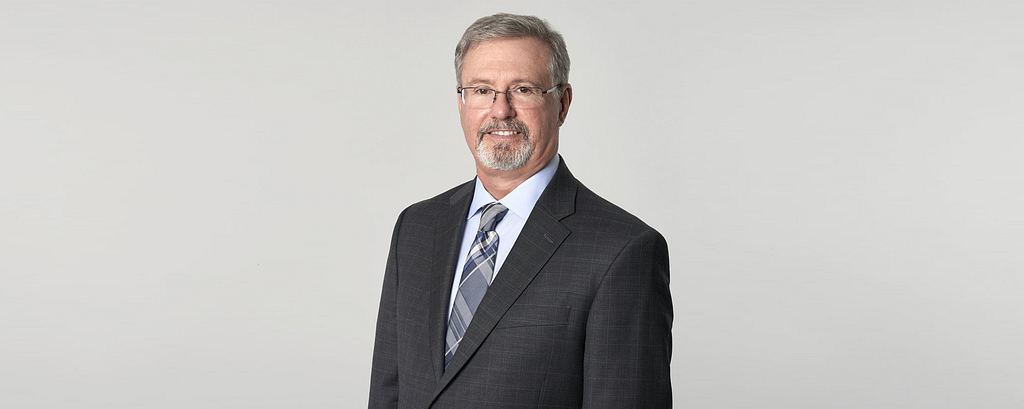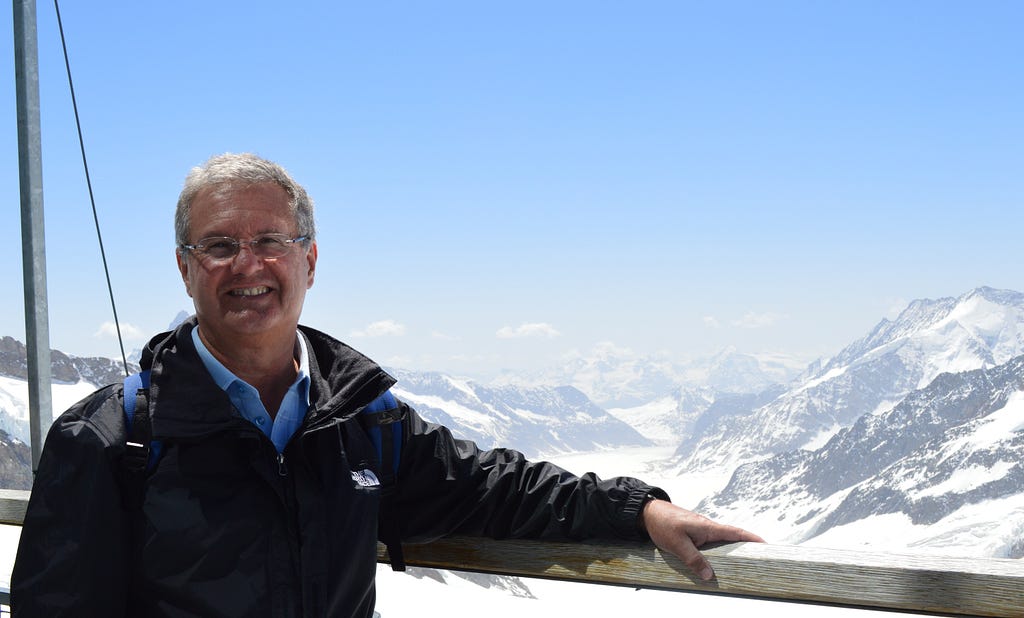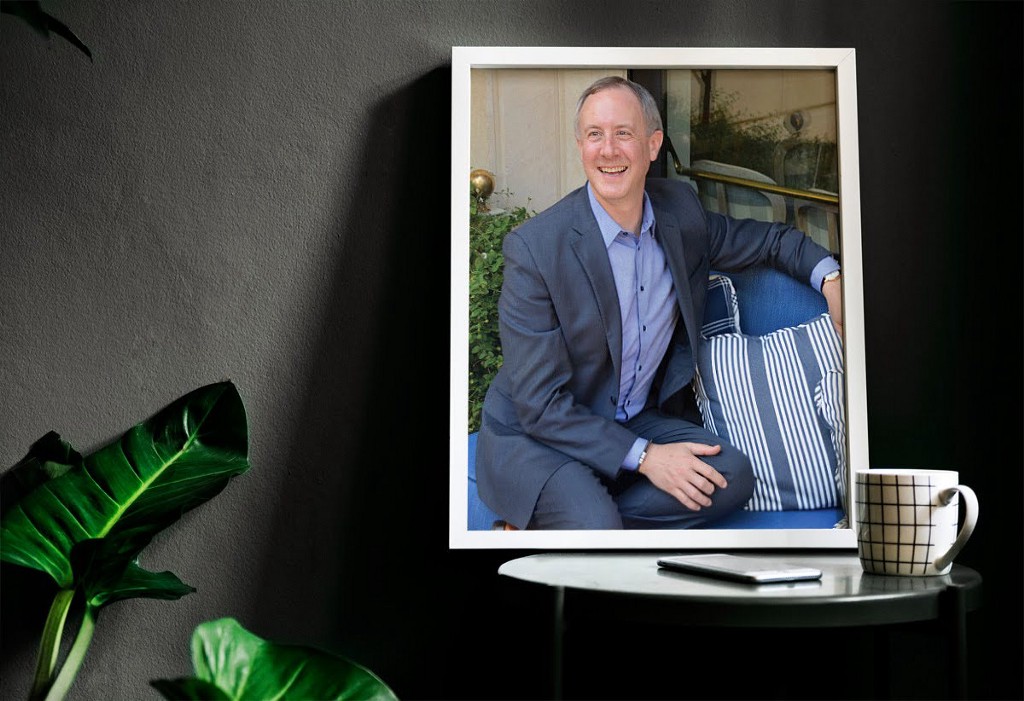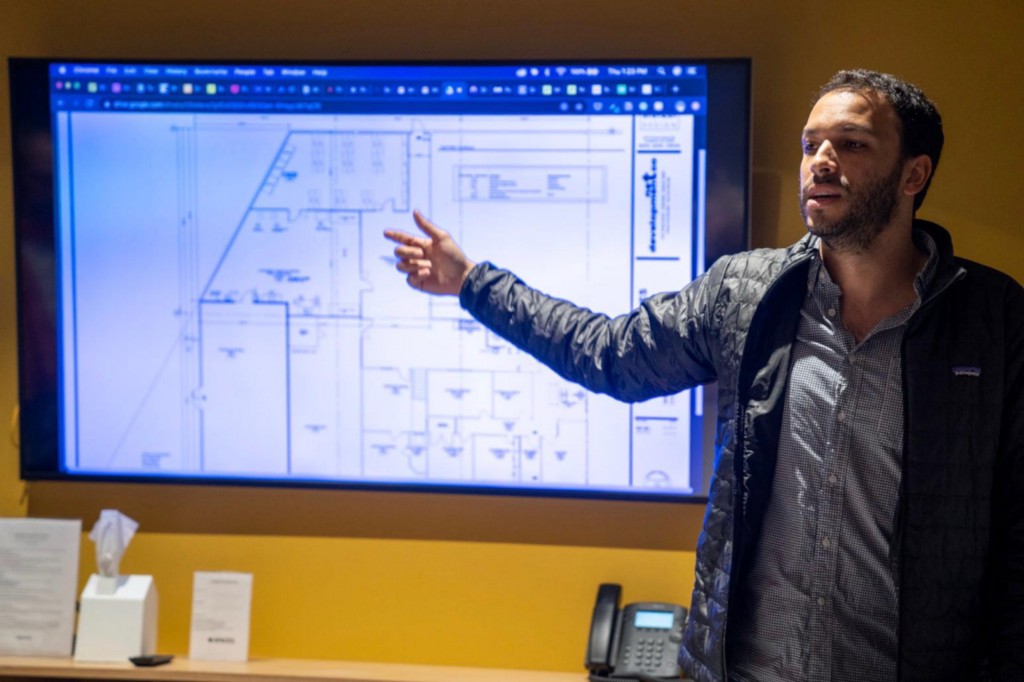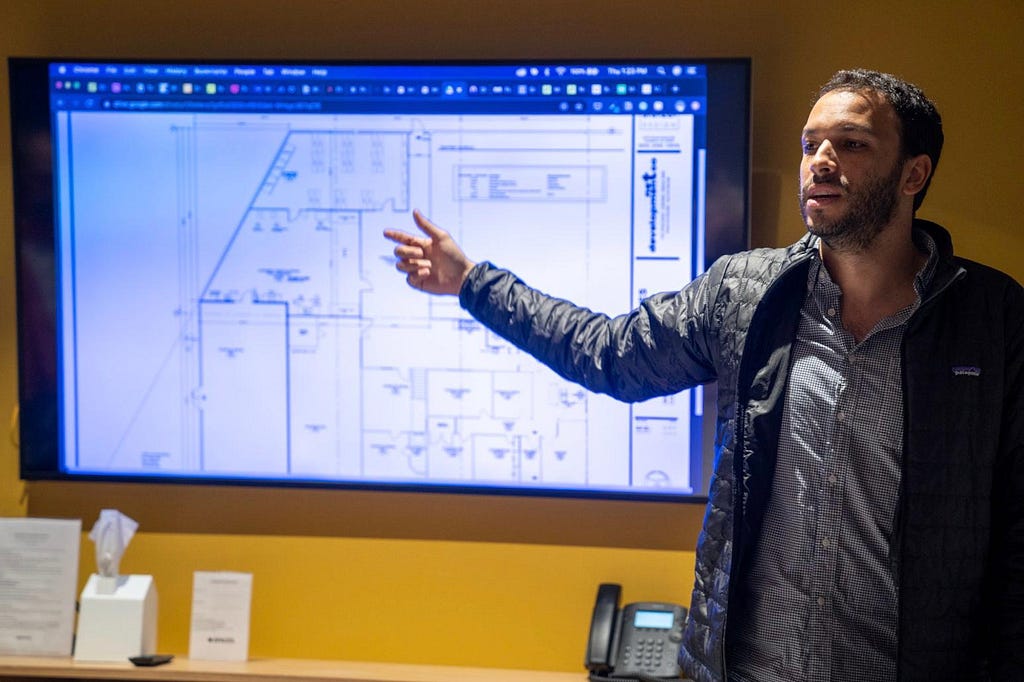Female Disruptors: Jamie O’Day of Boston NAPS On The Three Things You Need To Shake Up Your Industry
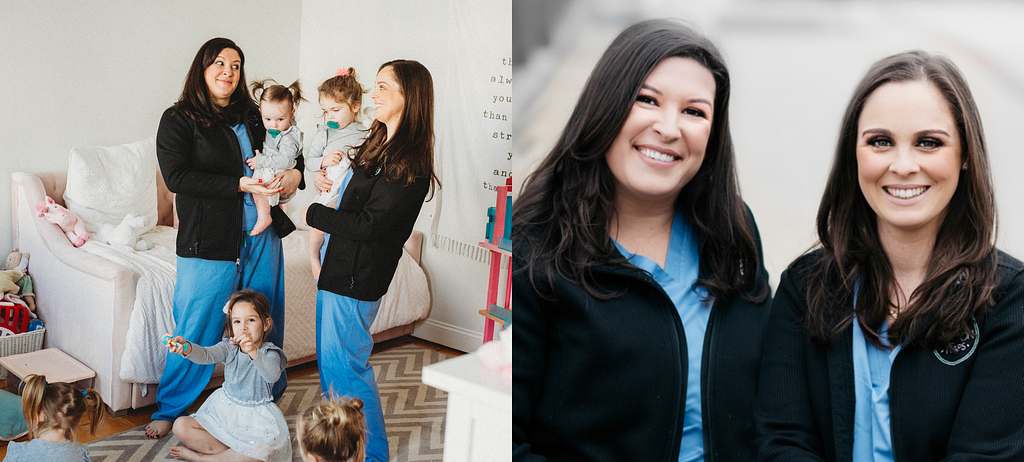
Our approach to prenatal and postpartum support is not a one-size fits all approach. There are a number of different ways to parent, and so there is not just one solution that works for everyone. We have found that while well intentioned, many people both medical professionals and otherwise will provide you with advice and support but it’s typically just what worked for them, or what they have learned is the “right” answer through education. But the truth is, there are oftentimes no right answers when it comes to parents. Which also means there’s no wrong answer, it’s just figuring out the right answer for your family. So our approach is taking the time to get to know our clients, asking them what they are experiencing and what their goals are, and then giving them support and guidance based on their unique situation.
As a part of our series about strong women leaders who are shaking things up in their industry, I had the pleasure of interviewing Jamie O’Day.
As a Labor and Delivery Registered Nurse at several hospitals, Jamie has worked with countless parents as they welcome a baby into the world, and seen first-hand the full spectrum of challenges, emotions and joy they face.
Today, as a mother of three girls, Jamie manages Boston NAPS full-time. Her role allows her to focus on her passion: Working closely with families to ensure they feel comfortable and confident as they transition home with their babies.
As an International Board Certified Lactation Consultant (IBCLC), Jamie understands the difference that additional training and expertise can make. She loves working with mothers to support them in all of their feeding goals, and helping mothers feel comfortable and confident in their choices in a non-judgement way.
Jamie lives in South Boston with her husband, daughters, Catherine (5), Mackenzie (5), and Camila (1), and dog Brutus. She enjoys traveling, cooking and relaxing with family and friends.
Thank you so much for doing this with us! Before we dig in, our readers would like to get to know you a bit more. Can you tell us a bit about your “backstory”? What led you to this particular career path?
Myself and my business partner, Emily, are both registered nurses and lactation consultants. We met in 2009 while working together as labor and delivery nurses at a busy Boston hospital, and instantly became friends.
One of our favorite parts about working on labor and delivery, was the challenge of developing a strong, and trusted relationship with our patients in a very short period of time. Labor and delivery is such an intimate experience, and we felt privileged to be a part of that moment in our patient’s lives, and always wanted our patients to like and trust us. After supporting women through their labor and delivery, this would oftentimes result in patients asking us if we could then go home with them (maybe jokingly?) We would laugh, and tell them “we wish!”
But, then we really started thinking about whether or not we could actually do this, and started researching what kind of support was available to families after delivery in their home, and found that the support was very limited. So with that knowledge, we decided we wanted to be the ones to fill that gap for families, and that’s exactly what we did. We started Boston NAPS, in 2011 while still working on labor and delivery.
Now 9 years later, we have 5 girls between the two of us, all 5 years old and under. Our approach to supporting women and families through pregnancy and early childhood is combining the worlds of medical advice and real life advice to cut through the noise, and provide women and families with a clear direction in their parenting journeys with the goal of creating more confident parents.
Can you tell our readers what it is about the work you’re doing that’s disruptive?
Our approach to prenatal and postpartum support is not a one-size fits all approach. There are a number of different ways to parent, and so there is not just one solution that works for everyone. We have found that while well intentioned, many people both medical professionals and otherwise will provide you with advice and support but it’s typically just what worked for them, or what they have learned is the “right” answer through education. But the truth is, there are oftentimes no right answers when it comes to parents. Which also means there’s no wrong answer, it’s just figuring out the right answer for your family. So our approach is taking the time to get to know our clients, asking them what they are experiencing and what their goals are, and then giving them support and guidance based on their unique situation. This sometimes means going against what a medical professional may have advised or suggested, but providing our clients with good, sound explanations for why we may be going against the grain, and making that decision with our clients together, rather than from an authoritative body.
Can you share a story about the funniest mistake you made when you were first starting? Can you tell us what lesson you learned from that?
We work with a lot of professional athletes in the Boston area, and we were contacted by the wife of a well known athlete in Boston who was looking for nursing care for their newborn baby. My business partner, Emily, set up a time to go to their home and meet them to discuss care, like we do for all of our clients. When she showed up to the building, a nice man opened the door for her, and then held the elevator for her. They went up in the elevator together, silent, and then got off of the same floor, and walked to the same door. At which point Emily looked at him (a very recognizable face in Boston!) and said, oh do you live here? I’m Emily, from Boston NAPS, it’s nice to meet you. What’s your name?” Hopefully he found this just as amusing as I did when Emily left the consultation and told me the story. She had my husband and I in tears retelling the story on speaker phone!
We all need a little help along the journey. Who have been some of your mentors? Can you share a story about how they made an impact?
Our biggest mentors have been from surrounding ourselves with others who keep us motivated and inspired! This includes a group of amazing fellow entrepreneurs who are also moms. We started a group about 3 years ago with 4 other women, who are also moms, and who run their own businesses, and that has been life changing! These women are our support system, our sounding board, and our motivation to do and be better personally and professionally. Through this group we have also hired an amazing business coach. These resources have provided us with an invaluable wealth of knowledge that has led to huge professional and personal growth.
In today’s parlance, being disruptive is usually a positive adjective. But is disrupting always good? When do we say the converse, that a system or structure has ‘withstood the test of time’? Can you articulate to our readers when disrupting an industry is positive, and when disrupting an industry is ‘not so positive’? Can you share some examples of what you mean?
As it relates to our niche, working with expecting, new, and experienced parents, social media is the first thing that comes to mind as it relates to being disruptive and it being “not so positive.” Women and especially mothers have historically been very competitive and cirital of one another. And this is ten fold on social media, because we are not just seeing the mom at drop off who we have decided has her shit together because she is dressed, with her hair done, and makeup on. But instead, we are not bombarded by my snapshot (literally) into a person’s life showing just how perfect their life as a mom is, and a caption to better prove” their perfection. But it’s all still a facade, it’s still a snapshot, we still can’t see the whole picture. But when we are already feeling down on ourselves, seeing that makes us feel every more less than worthy.
Instead, if we could create a more positive image of honesty, of the successes and the struggles, of telling other moms the truth when they ask us about birth, and breastfeeding, and sleep, and their relationship with their partner, instead of responding with the cliche answer like “sleep now because you’ll never sleep again”, “I can’t describe labor, you’ll just have to wait and see for yourself”, “I am breastfeeding and I love it”. It’s time we as women, and as mothers, start being honest with ourselves and with the other women in our lives who are really truly asking what their experience has been like, so we can make it better for those women, and other women, and our own children!
Can you share 3 of the best words of advice you’ve gotten along your journey? Please give a story or example for each.
1. “Get comfortable with putting C+/B- work into the world, knowing that you are just putting it out there.” I am a perfectionist when it comes to my work, I hate making mistakes, but if I also know if I wait for everything to be perfect, I will never get anything done, because things will never be perfect, and that’s ok. Instead, just put your work out into the world. And just because it feels like C+ work to you, doesn’t mean that everyone else will think that. In fact, it’s been quite the opposite! Most people find that what we think is C+ work, is actually A work to those receiving it!
2.” Work-life balance doesn’t mean 50/50 all the time to both work and your personal life.” And as soon as you can understand and accept that you will never be able to give 100% to your business and 100% to your family, the sooner you will achieve this “balance”. The balance comes from some days (or weeks, or months!) giving 70% to the business and 30% to your family, and other times it’s the opposite. That’s where the balance comes from, not split down the middle all of the time. This also leaves us feeling like we are never giving 100% to anything, and again, we’re not! Because that’s not possible, it’s only possible to give more to the areas of your life that need it at any given time, and less to the other things. We know that the pendulum always swings the other way, when the time is right.
3. “Would I recommend myself as (inset role)” would I recommend myself as a friend, a wife, a business partner, a mom, a nurse? If the answer is no, then something is broken, and it’s important to explore why it’s broken and now to fix it.
We are sure you aren’t done. How are you going to shake things up next?
We have big plans! We just launched a fully online membership program, Nurture by NAPS, to be able to support women and families anytime, anywhere from pregnancy through early childhood. We created this to better serve women everywhere by creating a safe, non-judgmental and evidence based space for them to seek out support and advice. The care we provide to pregnant and postpartum women in the United States is disgraceful compared to other developed countries, and we are doing our part to bridge this gap. Women need access to resources and information, and shouldn’t and can’t go to a million different places to get that support.
As moms who have been pregnant and labored a combined 5 times, and who have been working with women and families for over 10 years, Emily and I know what expecting and new parents need and want. So we are cutting through all of the noise, and giving families a blueprint of exactly what they can and should be focusing on in the different stages of their pregnancy or parenting journey. This will help parents reach every parent’s ultimate goal: a happy, healthy child that you feel confident and comfortable caring for.
In your opinion, what are the biggest challenges faced by ‘women disruptors’ that aren’t typically faced by their male counterparts?
Women who go against the grain or who are successful in non-traditional ways are judged and labeled instead of being praised and rewarded like their male counterparts. Going against the grain and being a trailblazer is oftentimes considered a mascaline quality, and so when women act in this way it can and is interpreted as being “difficult”. Or worse, that showing emotion and being vulnerable is not a quality possessed by leaders or good business people, and it’s viewed as a weakness. And if you show emotion or are vulnerable you aren’t strong, or stable, or fit to lead. None of this is true of course, but there have been decades of this thought process ingrained in us, and our society,and our culture, and it’s going to take time to make this shift. But that shift is already happening, and once we are there, that is a world that I for sure want to be living in, and want me children and grandchild to be living in! Glennon Doyle said it perfectly in her book untamed “We don’t need more selfless women. What we need are more women who are full of themselves. A woman who is full of herself knows and trusts herself to say and do what must be done.” And knows what to do and say regardless of what other people think she should say or do!
Do you have a book, podcast, or talk that’s had a deep impact on your thinking? Can you share a story with us? Can you explain why it was so resonant with you?
It’s hard for me to name just one, since I am always trying to better myself and seek knowledge about all aspects of my life, from motherhood and parenting, to marriage and business As mentioned above, I love the book “Untamed” by Glennon Doyle, especially as a women and a mother. I also love the audible by Brene Brown “The Gifts of Imperfect Parenting”. And finally, I am obsessed with everything Brooke Castillo. There is one particular podcast episode by her called “How to Feel Better” that breaks down her “model” which essentially states that your thoughts control your feelings, your feelings control your actions, and your actions control your results. So if you don’t like the way you are feeling or acting, or don’t like the results you are getting, then you have to change your thoughts. My kind was blown when I first heard that podcast episode 2 years ago, and I live by implementing this model and way of thinking.
All of these women are going against the grain, are thought leaders in their industry, and are making a huge impact on the world, especially as it relates to women, mothers, and women in business. All of these women have helped me have a more positive relationship with myself, with my spouse, with my kids, clients, business partner, friends, everyone in my life! I seek to learn from these women when I am dealing with a personal or professional problem, and can always find an answer, you just have to be willing to listen and learn.
You are a person of great influence. If you could inspire a movement that would bring the most amount of good to the most amount of people, what would that be? You never know what your idea can trigger. 🙂
For women to be in charge of everything. Can you imagine a world where we have a female president, more female CEOs and entrepreneurs than we do male, more women in charge of creating policies and education and feeding the hungry and providing homes for the homeless? I sure can, and you better believe it’s a world I want to live in!
How can our readers follow you online?
IG: @bostonnaps FB: @bostonnaps website: bostonnaps.com
This was very inspiring. Thank you so much for joining us!
Female Disruptors: Jamie O’Day of Boston NAPS On The Three Things You Need To Shake Up Your… was originally published in Authority Magazine on Medium, where people are continuing the conversation by highlighting and responding to this story.


